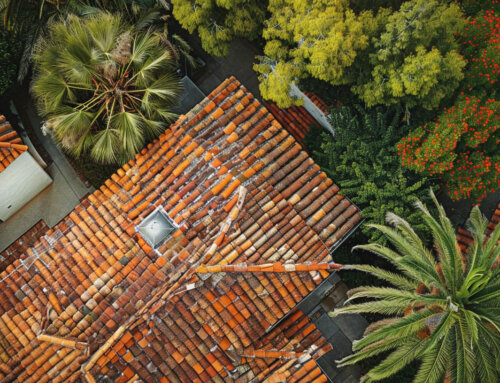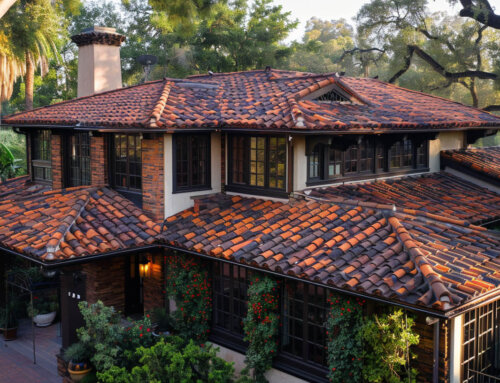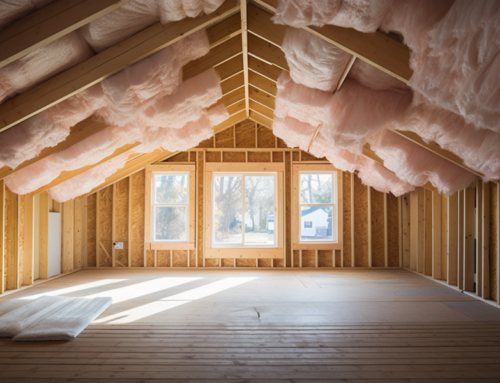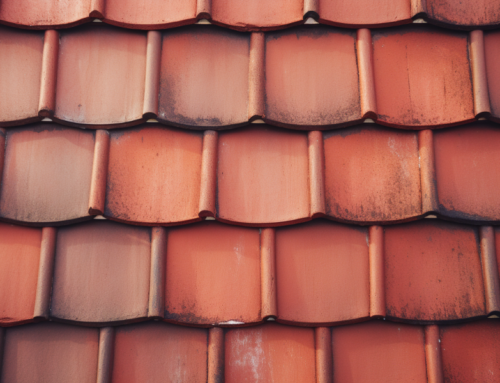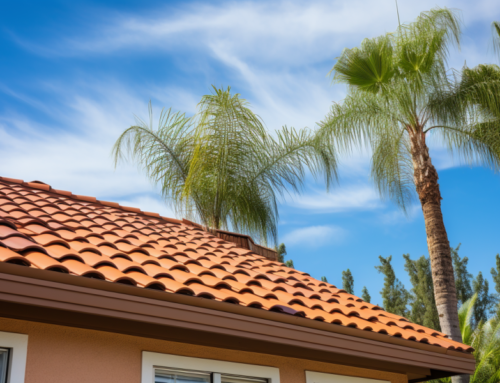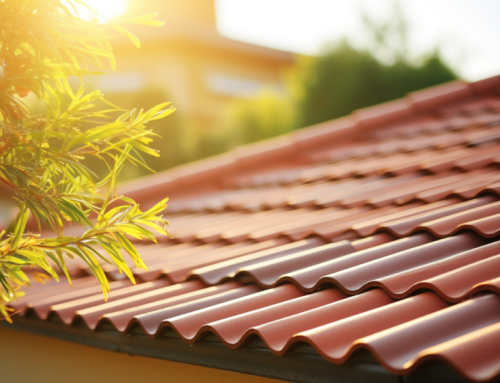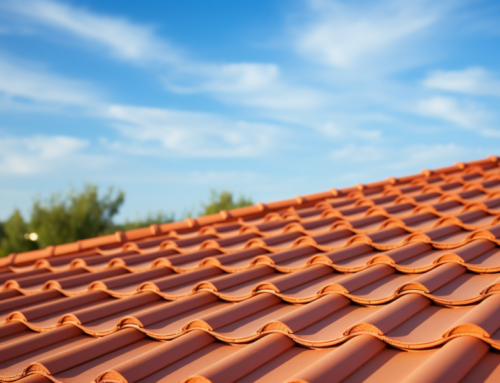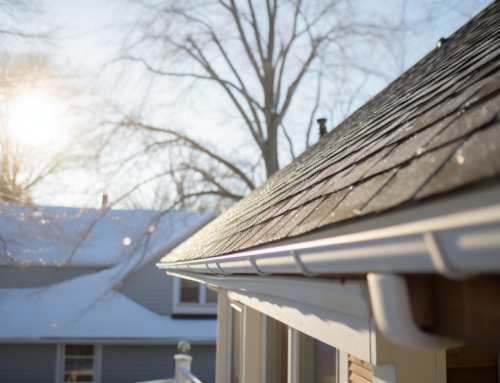Flat roofs are a common architectural feature in many buildings, offering aesthetic appeal and functional benefits. However, insulating these roofs is crucial to ensure energy efficiency, comfort, and longevity of the structure. Let’s delve into the intricacies of flat roof insulation and its significance.
The Importance of Proper Insulation
Insulation plays a pivotal role in maintaining a building’s temperature, ensuring energy efficiency, and reducing utility bills. For structures with flat roofs, the absence of an attic or crawl space means the insulation layer is typically installed directly beneath the roofing material or within the building’s interior. Without adequate insulation, buildings with flat roofs can experience substantial heat loss, potentially increasing utility expenses by over 20% in certain climates.
Initiating with a Roof Evaluation
Before embarking on any insulation project, it’s imperative to conduct a thorough roof inspection. Many flat roofs lack adequate ventilation, which can result in issues like leaks, mold growth, and structural damage. Introducing insulation without addressing these concerns can exacerbate the problems. Engaging professionals ensures that the roof is in optimal condition, with appropriate ventilation systems in place. They can also guide on the most suitable insulation type, factoring in the building’s specific needs, budget constraints, and regional climate.
Selecting the Right Insulation Material
Spray Foam Insulation
This type of insulation is sprayed into the roof cavity, expanding to fill even the smallest gaps. It offers an effective barrier against air infiltration. While highly efficient, spray foam insulation tends to be on the pricier side.
Rigid Foam Insulation
Installed either beneath the roof’s waterproof membrane or within the roof cavity, rigid foam insulation offers a commendable R-value at a more affordable price point. However, its installation can be challenging, and it may not seal minor cracks as effectively as spray foam.
Tapered Roof Insulation
Especially beneficial for flat or low-sloped roofs, tapered roof insulation aids in preventing water accumulation, reducing the risk of leaks. This insulation can often be applied over existing roofs, with an added waterproof membrane on top for enhanced protection.
Green Roofs
An innovative approach to roofing, green roofs incorporate plants to manage excess moisture and regulate roof temperature. They offer both environmental benefits and aesthetic appeal, making them a popular choice for eco-conscious individuals and businesses.
Emphasizing Regular Maintenance
Regardless of the insulation type chosen, consistent maintenance is paramount. Regular inspections, cleaning, and timely interventions can prolong the life of both the insulation and the roof, ensuring optimal performance and cost savings in the long run.
At San Diego County Roofing & Solar, we pride ourselves on our expertise and commitment to excellence. With our vast experience in roofing contractors in San Diego, we offer tailored solutions to meet your roofing and insulation needs. Trust us to deliver unparalleled service, ensuring your building remains energy-efficient and structurally sound.



